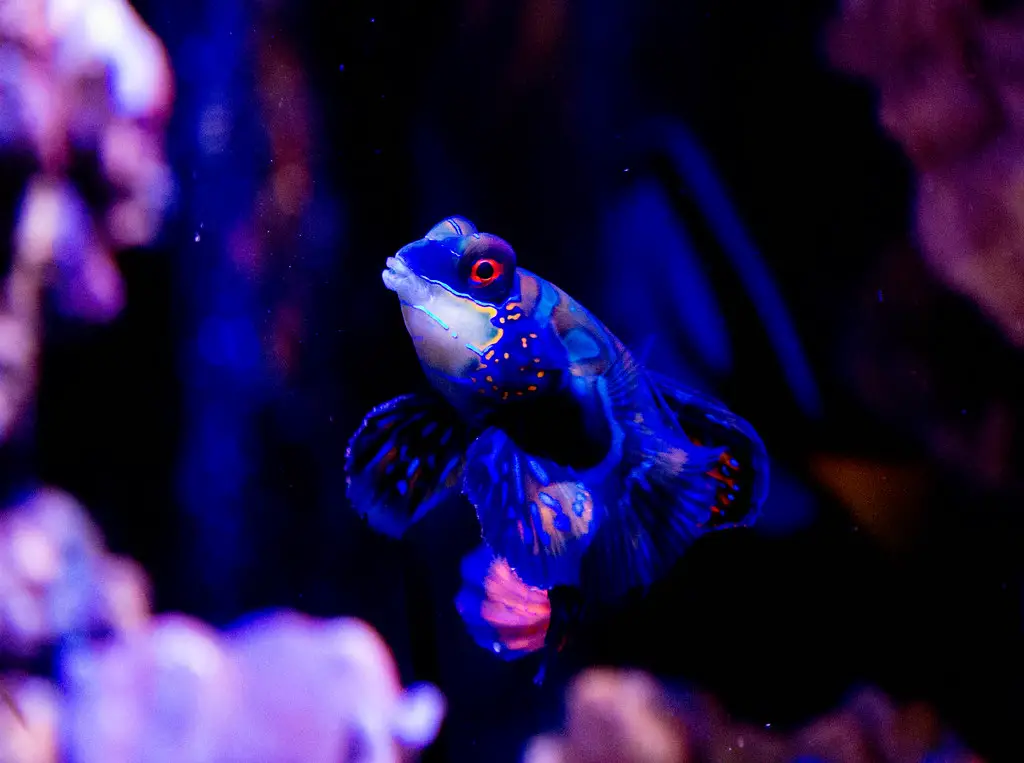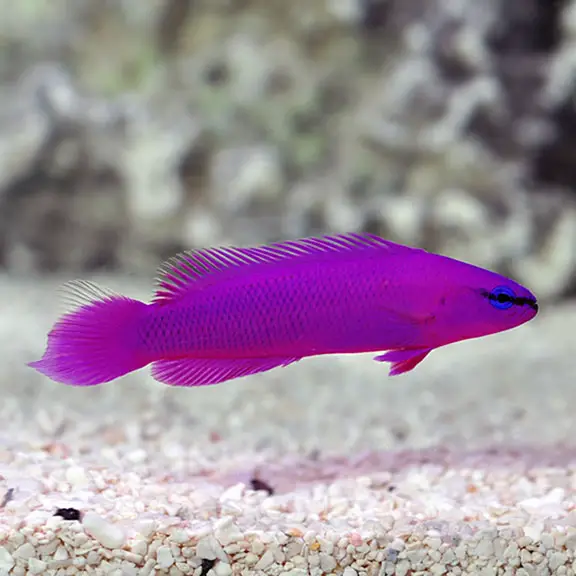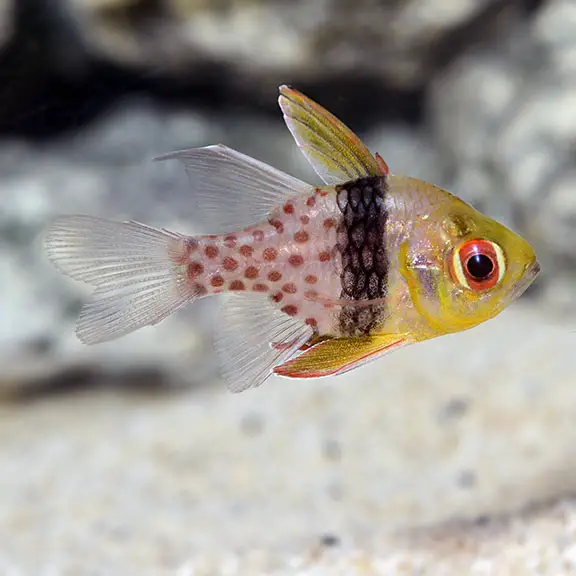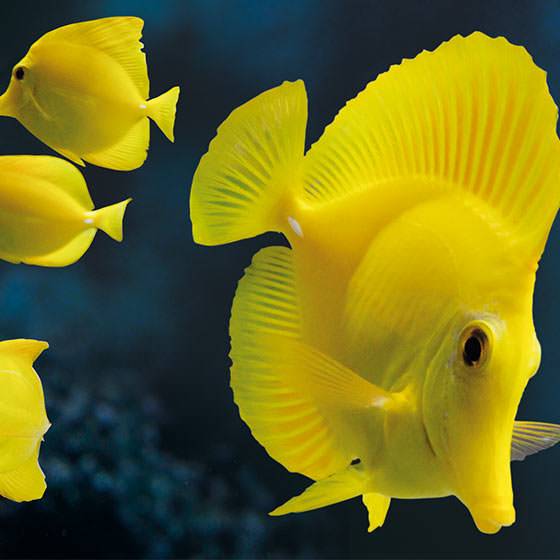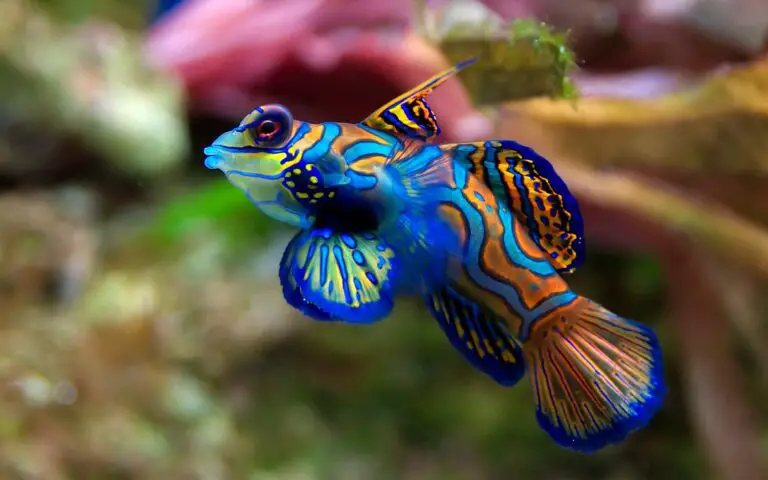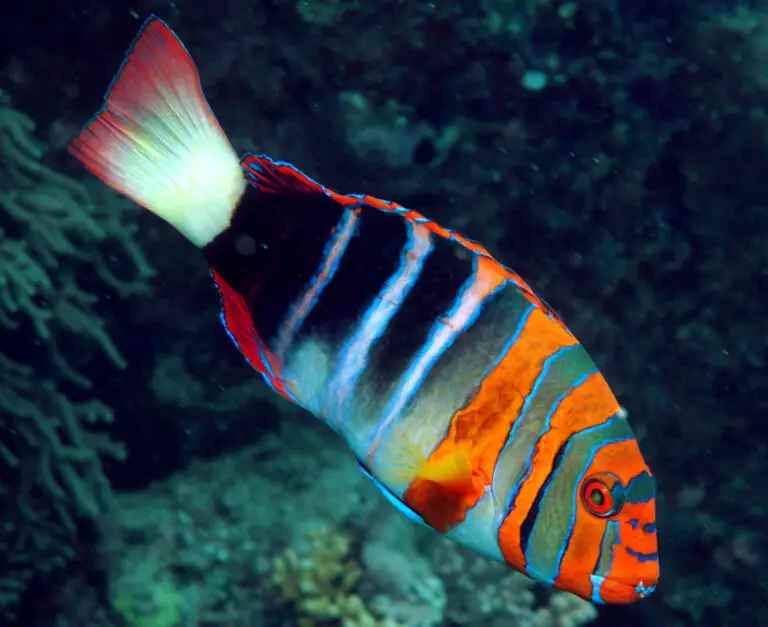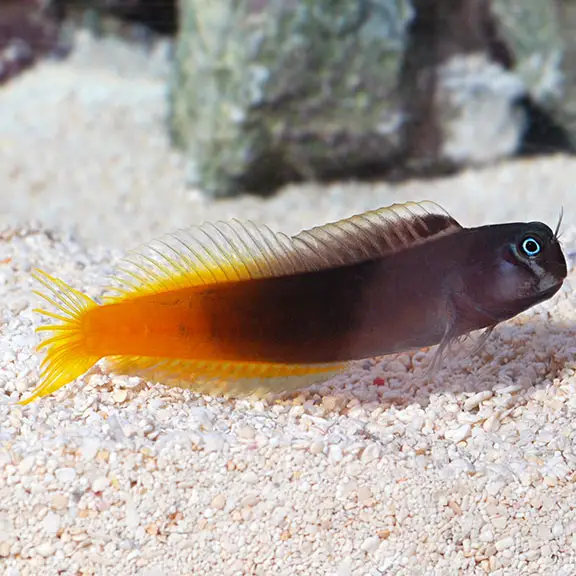Exploring the Enigmatic Mandarin Dragonet: A Comprehensive Saltwater Fish Profile
For many aquarium enthusiasts, the Mandarin Dragonet (Synchiropus splendidus) is a creature of almost mythical status. With its elaborate patterns, vibrant hues, and fascinating, almost cryptic movements, this small, dragon-like fish inhabits the dreams of novice and seasoned aquarists alike. In this extensive profile, we’ll unravel the mystery and share everything you need to know about keeping the Mandarin Dragonet in your saltwater aquarium.
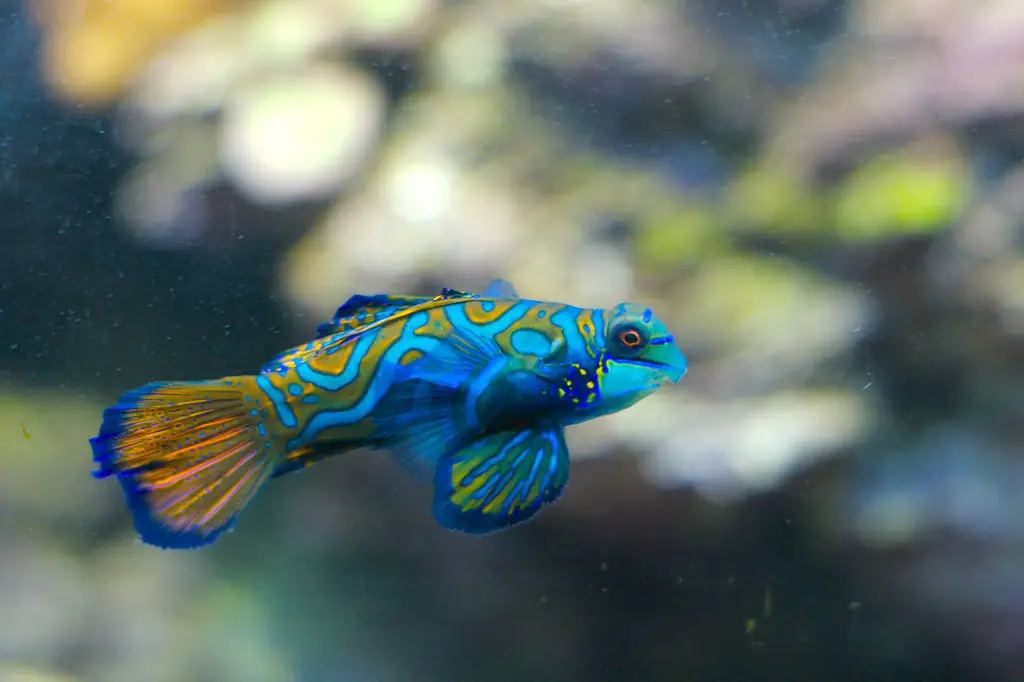
Overview of the Mandarin Dragonet
The Mandarin Dragonet, or simply the Mandarin fish, is renowned for its psychedelic coloring, gentle demeanor, and curious way of gliding through the water as if every motion were a carefully choreographed dance. But beyond its aesthetic appeal, the Mandarin is a complex creature with unique physiological adaptations and behavioral strategies.
Physical Characteristics
Mandarins are small, usually not exceeding 3 inches in length, with the most recognizable feature being their colorful, polka-dotted bodies reminiscent of a kaleidoscope. However, it’s not just for show — these striking visuals are a display of toxicity, signaling to potential predators that they are a distasteful meal. They possess venomous spines and their skin secretes a slimy substance that is harmful to others when stressed, which is rare but important to note.
Natural Habitat
Found predominantly in the Pacific, Mandarin Dragonets prefer shallow lagoons and creviced reef environments. They are loyal to their territories and find comfort in the nooks and crannies that a mature reef provides, along with the bountiful supply of their favorite, natural diet— copepods and amphipods.
Behavioral Traits
Mandarins are not schoolers or shoalers, rather solitary in most circumstances, only pairing up during their brief spawning season. These fish spend the day cruising the reef, nosing through the substrate for tiny crustaceans. When night falls, they retire to their hiding spots.

Tank Setup and Care Requirements
When considering housing a Mandarin Dragonet, it is pivotal to be mindful of the specifics of its environment preferences. In their natural setting, Mandarins live in a dynamic ecosystem that can be hard to replicate.
Ideal Tank Conditions
Mandarins thrive in well-established tanks. They appreciate the natural complexity of live rock formations, as it not only mirrors their home habitat but also provides the multiple functions of shelter, hunting ground, and anchor for the diverse micro-ecosystem required by the Mandarin.
Compatible Tank Mates
Given its docile nature, the Mandarin Dragonet is best kept with calm, non-aggressive fish that won’t compete for its specialized food. Species that occupy different zones of the tank, such as cardinalfish or gobies, can make suitable tank companions.
Feeding Habits and Dietary Needs
A potential challenge of keeping Mandarins is ensuring they are well fed. They have very specific dietary needs and prefer live food. A tank rich in microorganisms and a healthy pod population is crucial for proper nutrition. Aquarists should also offer supplementary diets such as live brine shrimp and naturally derived frozen foods, but be vigilant — not all Mandarins will transition to prepared foods and may starve as a result.
Breeding and Reproduction
Breeding the Mandarin Dragonet in captivity is exceptionally challenging, yet it is not impossible, and it represents a monumental cooperative effort between aquarists and the fish.
Mating Behavior
In the wild, Mandarins only pair up temporarily for spawning, then go their separate ways. This process involves a complex courtship dance, ending in the male releasing sperm and the female laying eggs that are fertilized externally.
Challenges and Considerations for Breeding in Captivity
To mimic these conditions in a home aquarium, meticulous preparation is key. An abundance of live rock and macroalgae provides hiding places and surfaces for eggs. Additionally, aquarists may need to manually create the right environmental cues to trigger the reproductive process.
Common Misconceptions and Challenges
Aquarists often take on the difficult task of caring for a Mandarin without fully understanding their unique requirements, leading to some common missteps.
Addressing Myths About the Mandarin Dragonet
One common myth is that Mandarins will readily eat prepared foods, but this is not always the case. It’s also important to bust the myth that keeping Mandarins is essential for a thriving tank — in fact, tanks that are not sufficiently matured are likely to cause the Mandarin stress and eventually, health problems.
Health Concerns and Disease Prevention
Mandarins are susceptible to stress-related diseases, and their reliance on healthy tank conditions is profound. Practicing diligent tank maintenance, ensuring high water quality, and offering a varied diet can help prevent issues.
Conservation Status and Ethical Considerations
Given the popularity of the Mandarin Dragonet and the delicate balance it requires to thrive, the topic of sustainability is paramount.
Sustainable Practices in Acquiring Mandarin Dragonets
Sourcing Mandarin fish from sustainable, captive-bred programs or from certified sustainable collection points is the ethical choice. By doing so, aquarists can support a responsible industry that minimizes negative impacts on natural populations.
Supporting Conservation Efforts
Support for marine conservation organizations helps protect the habitats that are critical to the survival of Mandarin Dragonets and other vulnerable species. By staying informed and engaged, aquarists can contribute to the well-being of these mesmerizing creatures and the ecosystems they call home.
Conclusion
The Mandarin Dragonet is a true jewel in the crown of the aquarium hobby, captivating hobbyists with its intriguing behavior and stunning appearance. However, this fish’s care requirements are not to be taken lightly, and keeping one demands a dedication to creating and maintaining a unique microcosm within your tank. By understanding the intricacies of the Mandarin’s needs and pairing that with responsible ownership, aquarists can experience the joy of keeping this enigmatic species while also contributing to the broader conservation efforts that support their kind in the wild.
